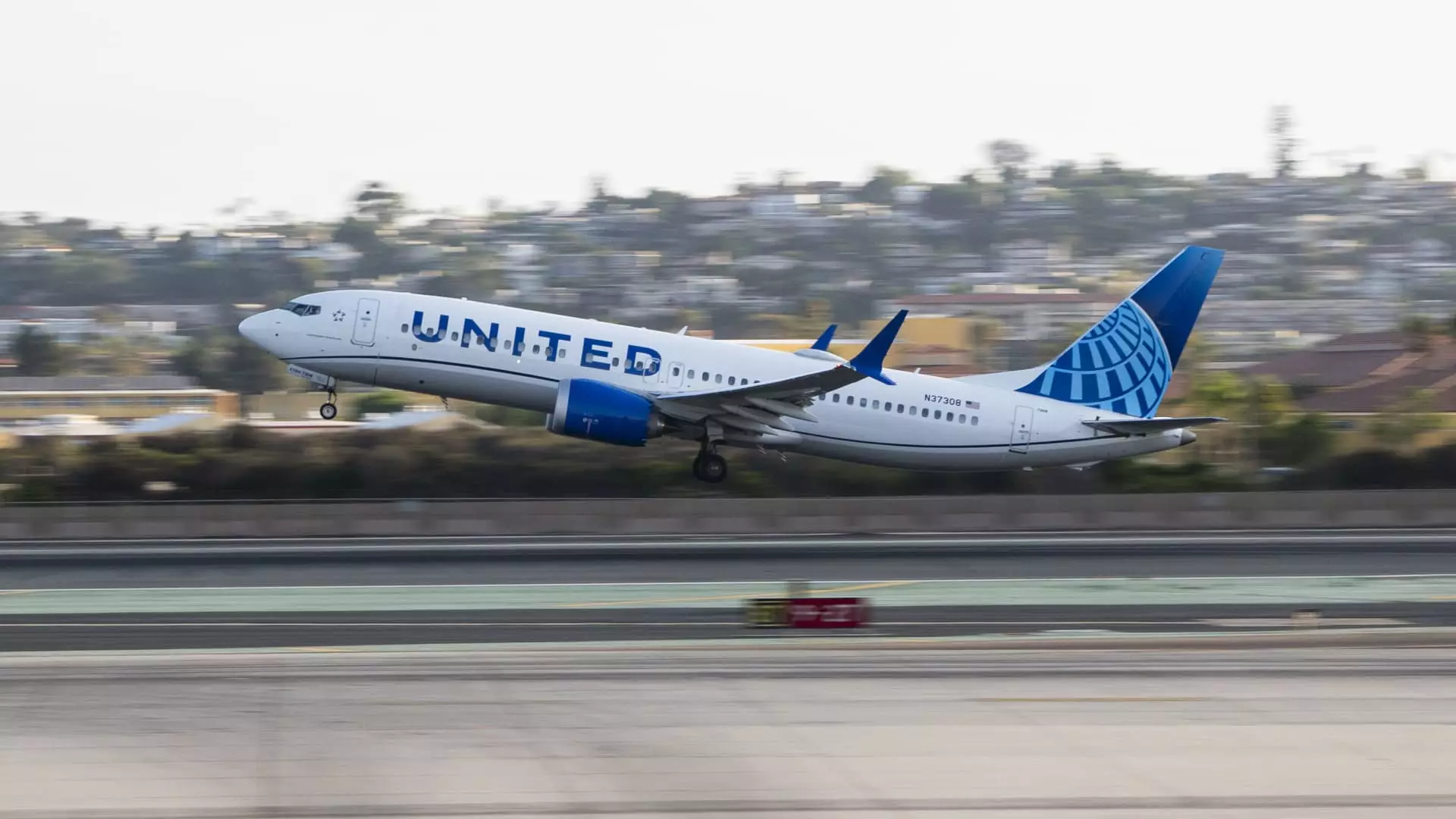United Airlines has made headlines this week with the announcement of a significant $1.5 billion share buyback. This move comes in conjunction with the airline’s unexpected financial success during the busy summer season and a promising outlook for the final quarter of the year. United Airlines anticipates an adjusted earnings per share (EPS) of between $2.50 to $3.00, which shows a marked improvement from the $2.00 per share reported in the same period last year. It has also exceeded analysts’ estimates, which projected a $2.68 EPS.
In its third-quarter report, United Airlines revealed adjusted earnings of $3.33 per share, surpassing the $3.17 that market analysts had forecasted. Their revenue reached $14.84 billion, a 2.5% increase from the previous year and slightly above the expected $14.78 billion. Despite the positive revenue results, the airline’s net income saw a decline of 15% to $965 million compared to the previous year. This juxtaposition of increased revenues alongside a drop in profits suggests that while the airline is on an upswing post-pandemic, there are complexities it continues to navigate.
This share repurchase plan is particularly significant as it marks United’s first buyback initiative since the Covid-19 pandemic began. The airline, along with others in the industry, faced severe financial constraints during the pandemic due to travel restrictions and reduced consumer demand. The U.S. government provided over $50 billion in aid during this tumultuous period, placing limits on share repurchases and dividends to ensure that airlines remained financially stable.
United Airlines’ CEO, Scott Kirby, emphasized a balanced approach in his communication to staff, reiterating that while the share buyback is important, investing in personnel and business growth remains a priority. This mindset reflects an awareness that sustainable growth hinges not just on financial maneuvers but on maintaining workforce morale and operational efficacy.
Operating Highlights
Diving deeper into United’s operational performance, the airline noticed positive shifts in domestic unit revenue throughout August and September. This uptick can be attributed to an intentional reduction in flight availability, addressed earlier in the year, which alleviated pricing pressure from excess capacity. In total, United expanded its capacity by 4.1% in the third quarter, a strategic move to meet soaring passenger demands as the market rebounds.
Moreover, the airline reported a 13% increase in corporate revenue. This growth is crucial as it indicates a resurgence in business travel, which had lagged significantly during the pandemic. Additionally, premium segments, particularly business class fares, saw a 5% increase, while basic economy ticket sales surged by an impressive 20%. These figures suggest a dramatic shift in consumer travel preferences as travelers once again prioritize better service and comfort amidst the challenges posed by global travel.
In a bid to capitalize on the ongoing recovery of international travel, United Airlines has launched ambitious expansion plans for the upcoming year. New routes to Mongolia, Senegal, Spain, and Greenland are part of a strategy to tap into rising demand, demonstrating the airline’s determination to diversify its network and attract a broader clientele.
However, the airline will face questions from analysts regarding the sustainability of demand as it looks to navigate a challenging environment. United must also contend with production challenges at Boeing, which have led to significant disruptions due to a machinist strike that halted factory operations for over a month. This situation represents another layer of complexity in an already volatile airline landscape.
United Airlines’ recent developments point towards a renewed sense of optimism within the company. The implementation of a share buyback initiative amid promising earnings illustrates a cautious yet confident approach to navigating post-pandemic recovery. As the airline industry gradually transitions into a new era, stakeholders will be watching closely to see how United Airlines balances its financial strategies while continuing to invest in its core operations and workforce. Only time will reveal how these calculated decisions will shape the future of one of America’s largest carriers.

